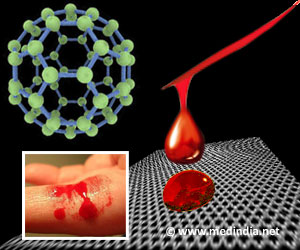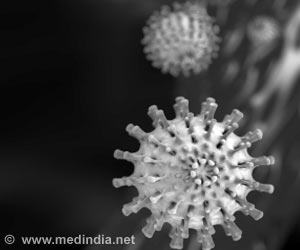The latest research from two pioneering scientists selected as this year's Kavli lecturers at the 247th National Meeting & Exposition of the American Chemical Society include Nanotechnology.

Tackling health and sustainability issues simultaneously, John Rogers, Ph.D., is developing a vast toolbox of materials — from magnesium and silicon to silk and even rice paper — to make biodegradable electronics that can potentially be used in a range of applications. He will deliver "The Fred Kavli Innovations in Chemistry Lecture."
"What we're finding is that there's a robust and diverse palette of material options at every level," said Rogers, who's with the University of Illinois, Urbana-Champaign. "For the conductor, for the semiconductor, for the insulating layer and the package and the substrate, one can pick and choose materials depending on the application's requirements."
Rogers' team is working to incorporate some of these elements in sensors that can, for example, detect the early onset of swelling and temperature changes in the brain after head injuries and then vanish when they're no longer needed. Today, devices designed for these purposes are wired — they have to be implanted and later completely removed once they're no longer needed. Rogers' sensor could be implanted but work wirelessly and, after use, "simply disappear." That eliminates the risk of infection and other complications associated with having to remove devices surgically. Rogers has successfully tested early prototypes of sensors in laboratory animals and envisions that such devices could be used one day in human patients.
His group is also working on biodegradable radio-frequency identification tags, or RFID tags. Currently, RFIDs are produced by the billions and used in everything from jeans for accurately tracking inventory to smart cards and injected into pets. They are also found in product packaging that ends up in landfills. Using cellulose, zinc and silicon, Rogers has successfully made dissolvable RFID tags in the lab. The next step would be figuring out how to scale production up and commercialize it.
"We're quite optimistic," Rogers said. "We see the way forward and are about halfway there."
Advertisement
"Electric current originates from the movement of electrons through a material," Weiss explained. "But as they move through a material or device, they encounter places where they have to jump from one type of material to another at what's called an interface. By interfaces, I mean places where portions of the material that are not exactly alike meet up. The problem is when an electron has to cross from one material to another, it loses energy."
Advertisement
But thanks to the latest advances in analytical instruments and computing power, Weiss' group is poised to turn this disadvantage into a plus. "Rather than seeing all these interfaces as a negative, now we don't need to consider it a drawback," she said. "We can design an interface such that we can get rid of defects and get rid of this slowdown. We can actually use carefully designed interfaces to enhance the properties of your device. That sort of philosophy is starting to take hold."
Source-Eurekalert









